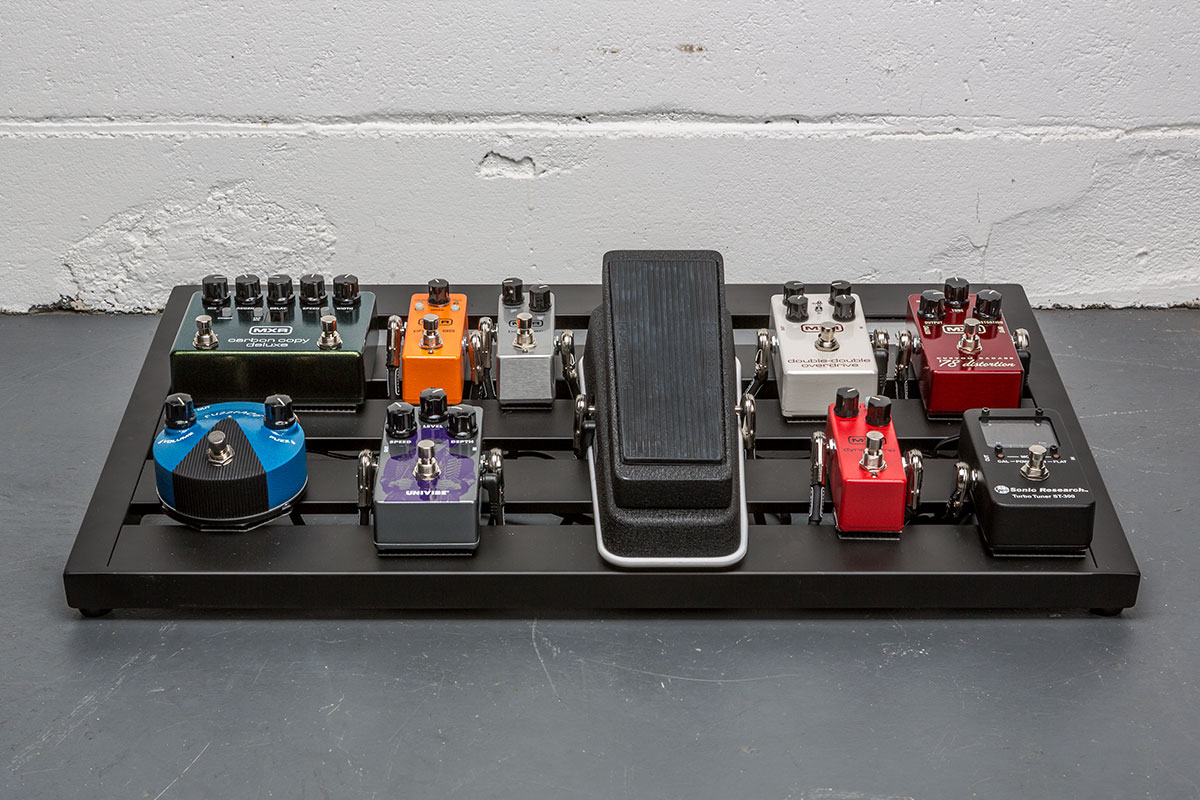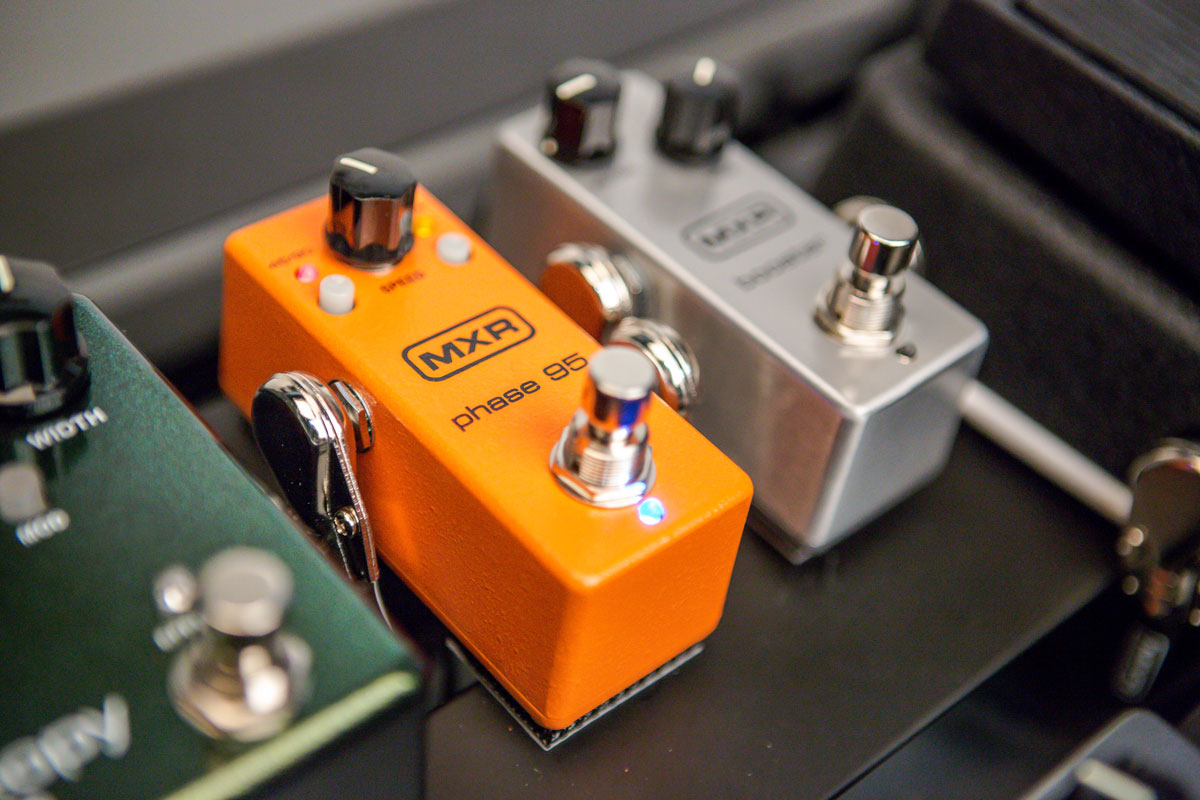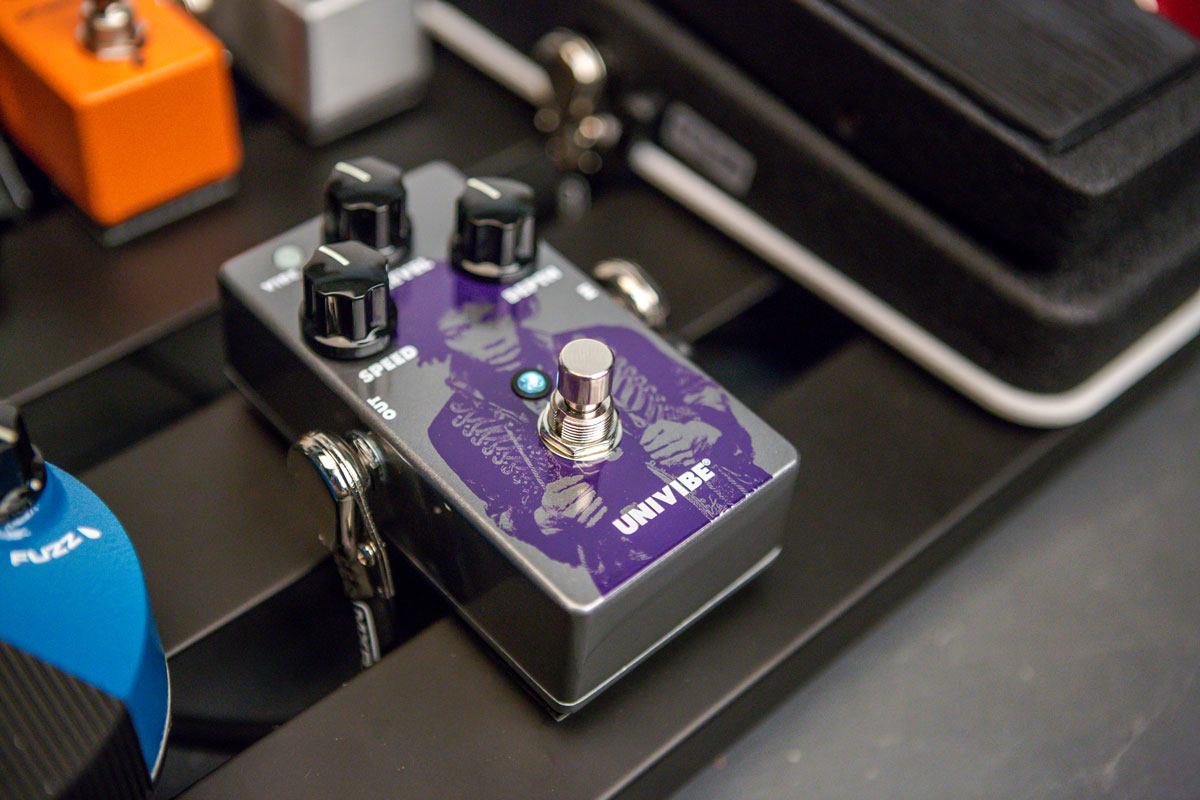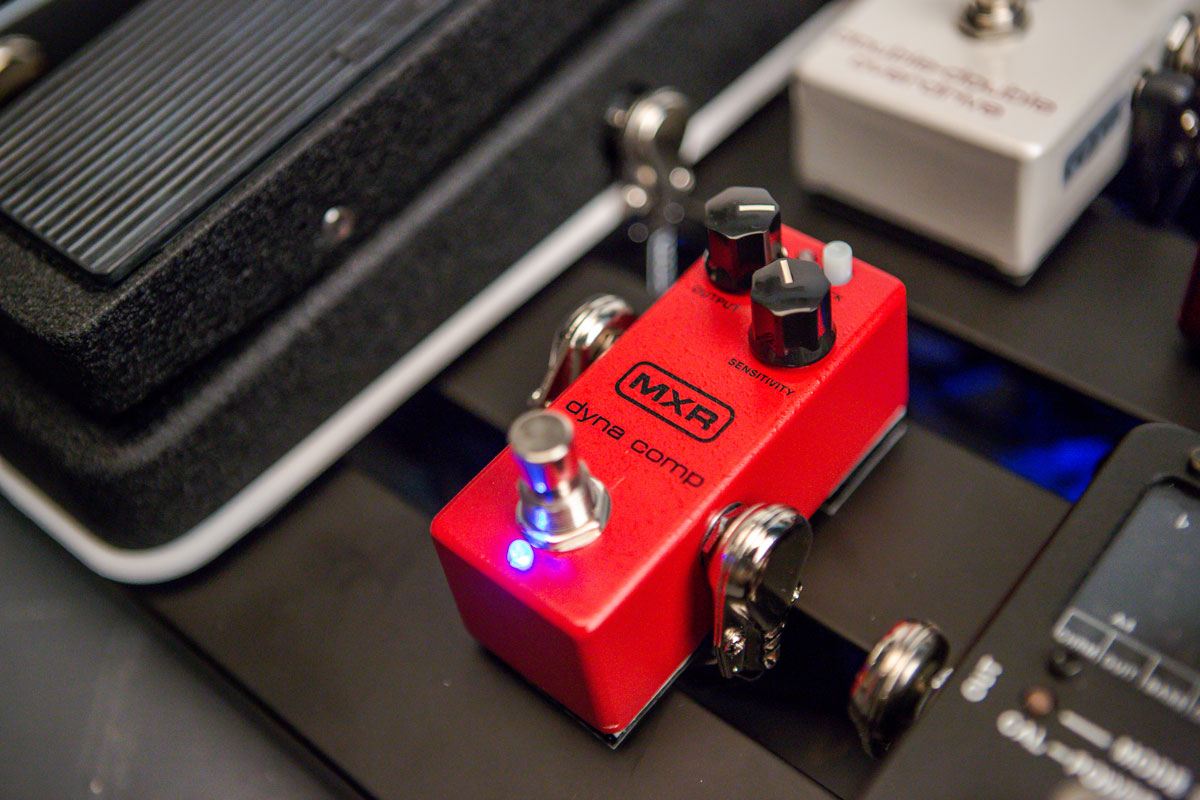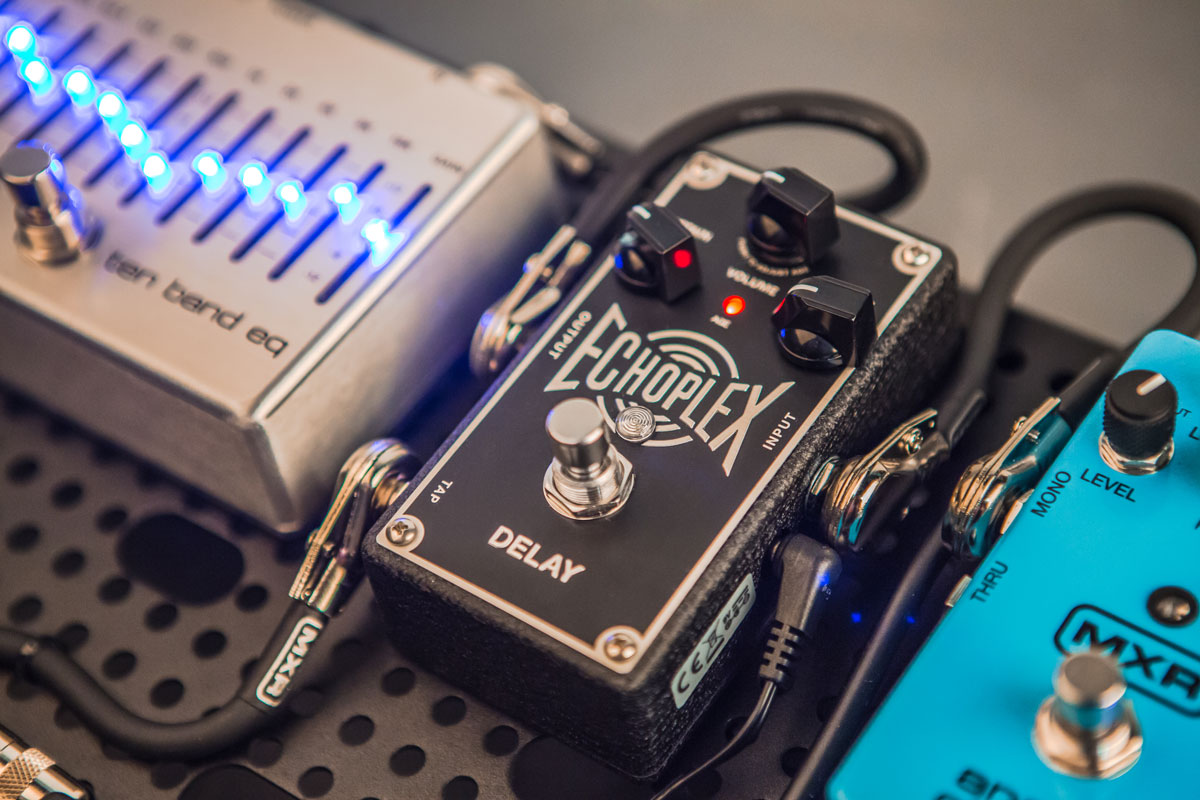
MXR® Bass Preamp

A good DI box is a must-have for bass players. Sound techs like to run bass signals to the FOH, and if you don’t have your own DI box, you’ll have to use theirs. Then the control over your tone is in their hands.
The MXR Bass Preamp allows you to go direct while retaining control over your own sound, featuring separate Input and Output level controls and a 3-band EQ section with sweepable midrange—from 250hz to 1khz—for extensive tonal flexibility. It’s all delivered super clean with high headroom thanks to our own Constant Headroom Technology™, and you can use the Pre/Post EQ switch to set whether or not your Direct Out signal is affected by the Bass Preamp’s EQ section. This pedal also features a Ground Lift switch in case you encounter ground loop hum.
MXR® Bass Fuzz Deluxe

The MXR Bass Fuzz Deluxe is a nasty, retro-style dirt box with separate Dry and Wet level controls to keep your low end full and present. It pretty much sounds like you’re running two different amps. Run the Wet signal at low settings to create just the right amount of hair to add some attitude to your tone, or crank it up to create a thunderously monstrous sound.
Iso-Brick™ Power Supply

The lightweight and pedalboard-friendly Iso-Brick Power Supply has ten fully isolated outputs ranging from 9V to 18V, including two variable 6V-15V outputs. These variable outputs can be used to emulate voltage sag, a drained battery effect sought by many vintage tonechasers. Test this out with the Bass Fuzz Deluxe to see what kind of gnarly, lo-fi tones you can get when you drop its power below 9 volts.
MXR® Bass Envelope Filter

This is another pedal that any bass player who’s interested in effects should have. Envelope filters are basically boxed up funky groove just waiting to be let out, and the MXR Bass Envelope Filter gives you all the control over the effect you need to open that box. You can even dial in your dry signal independently to you keep your low end totally intact.
MXR® Bass Octave Deluxe

Every bass player should have an octave pedal. It doesn’t matter what your style is—funk, stoner rock, electro-pop—the doubling and range-extending abilities of octave pedals can be addictive. And the MXR Bass Octave Deluxe is the perfect octave pedal to be addicted to. It has two separate octave down signals—Girth and Growl—each with their own independent level controls. Your direct signal also has its own level control so you can keep the tonal character of your instrument intact, and if you want to give your dry signal a bit more punch in the midrange, you can do so with the Mid+ switch.
MXR® Bass Compressor

The MXR Bass Compressor is great to have on stage or in the studio. It can help even out your signal, ensuring that nothing gets too loud or too soft by limiting the dynamic range. It has an array of controls that make it a cinch to fine-tune your sound, with CHT™ Constant Headroom Technology providing a ton of headroom and clear performance, and an LED meter to show when your signal reaches the compression threshold.
Cry Baby® Bass Mini Wah

We took the circuitry of the Cry Baby 105Q Bass Wah, based on an iconic 1970s envelope filter used by many rock and funk bass players, and stuffed into a a much lighter aluminum housing that takes up half as much pedalboard space.
Like its big brother, the Cry Baby Bass Mini Wah is optimized for bass frequencies. When you step on the rocker—which engages automatically with auto-return switch so you can step in and out of the effect with ease—the wah effect is applied only to the high and midrange frequencies of your signal. This leaves your low end intact so you can hold down the fundamental while taking solos or fills. With controls for Q response and boosting gain, you can dial in just how expressive and in your face the wah sound gets.
Volume (X)™ Mini Pedal

Putting a volume pedal on your board allows you to change your output level quickly and without having to stop playing. It also allows you choose where in your signal chain to adjust volume—relying on only on your instrument’s volume control for output dynamics can result in a weaker signal being fed to your pedalboard.
The Volume (X) Mini Pedal is a great pedalboard-friendly option—it’s durable and solidly built with a lightweight aluminum chassis, aggressive non-slip tread, and our patented Low Friction Band-Drive for a smooth range of motion and consistent, reliable performance. For maximum comfort and precision, the DVP4’s rocker tension is fully adjustable. This pedal can also be used for expression purposes if you’re so inclined.
Sonic Research Stomp Box Strobe Tuner

The Sonic Research Turbo Tuner ST-300 is a true stroboscope. Its LEDs are driven directly by the analog input signal and electronically strobed, providing instant response and high accuracy.
StageTrix Pedalbôrd Model F Medium Pedalboard
All of the above comes wired up and attached to the PedalBôrd™ Model F from StageTrix. Black with aluminum trim, it’s light and sturdy and comes lined with StageTrix Super Loop, a super low-profile loop fastener. Each pedal is attached to the board with a StageTrix Pedal Fastener, and the Iso-Brick Power Supply is attached with a Pedal Riser.
Enter Now.

We’re giving away one pedalboard each month from September to December. Head over to the America’s Saddest Pedalboard Contest page for details and rules.









